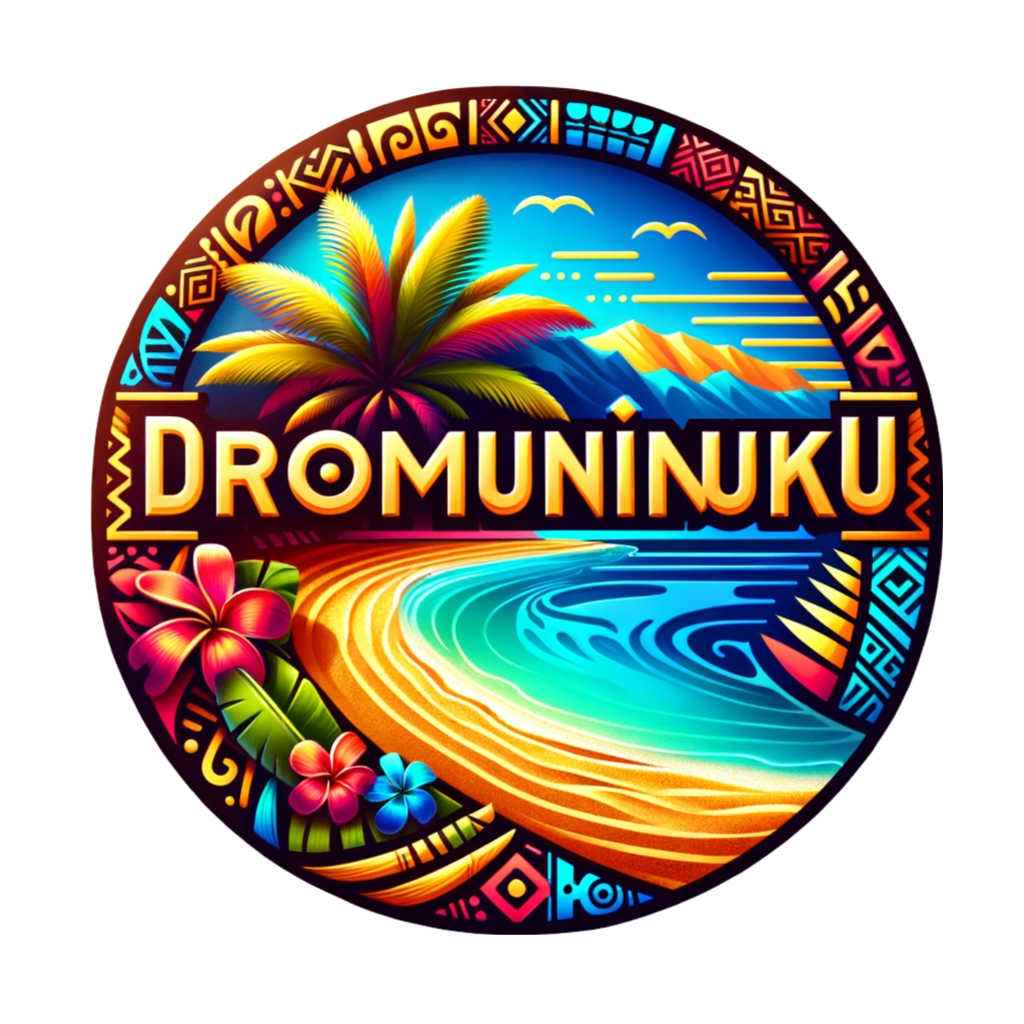Digital Art in Educational Settings
- Integration in Curriculum: Digital art has become an integral part of art education in schools and universities. It offers a broad spectrum of tools and techniques, allowing students to explore creative processes that go beyond traditional art forms.
- Skill Development: Students learn various skills, including graphic design, 3D modeling, animation, and digital painting. These skills are not only relevant to artistic pursuits but also applicable in diverse fields like marketing, architecture, and web design.
- Technology Literacy: Engagement with digital art tools enhances students' technology literacy, an essential skill in the digital age. This literacy prepares them for a wide range of careers where digital technology plays a key role.
Professional Training through Digital Art
- Career Opportunities: Professional training in digital art opens doors to numerous career paths. From game design and film production to digital marketing and UI/UX design, the skills acquired are highly sought after in various industries.
- Continual Learning and Adaptation: The digital art landscape is continually evolving with new software and techniques. Professionals often engage in ongoing learning, ensuring they remain competitive and innovative in their field.
- Collaboration and Networking: Digital art education often involves collaborative projects, mirroring real-world scenarios. This aspect of training helps professionals develop teamwork and networking skills, crucial for career advancement in creative industries.
Impact on Traditional Art Disciplines
- Blending of Disciplines: Digital art education often incorporates traditional art principles, creating a comprehensive learning experience. This blend enriches students' understanding of art fundamentals while embracing modern techniques.
- Innovative Approaches to Artistic Expression: Students and professionals trained in digital art bring innovative approaches to traditional art disciplines. This cross-pollination of ideas fosters creativity and opens up new possibilities in art production and presentation.

